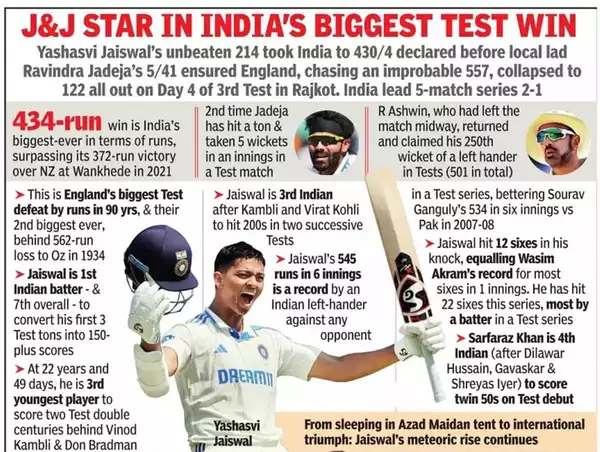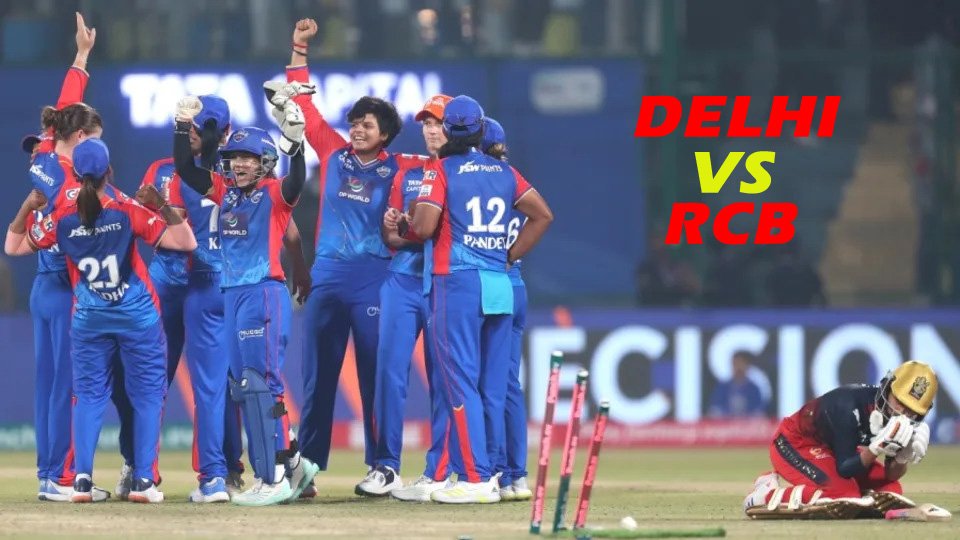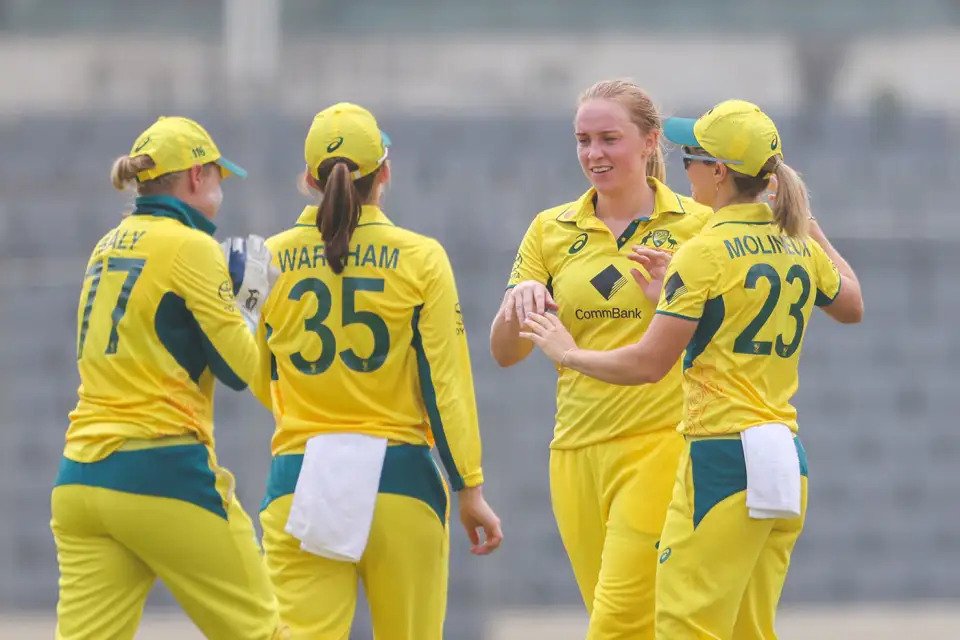In a crucial match that saw India clinch a pivotal 2-1 series lead against England, Sarfaraz Khan played a pivotal supporting role alongside Yashasvi Jaiswal. Their partnership of 172 runs off just 26.2 overs proved instrumental in India's dominance and message of strength on home soil.
India, amidst a transitional phase, showcased their prowess with a resounding 434-run victory, marking their largest win margin by runs and England’s second-biggest defeat. This victory served as a statement, reaffirming India‘s dominance despite recent setbacks.
Under sunny skies and before a packed crowd, India’s batting line-up dismantled the English bowlers, setting an imposing target. Jaiswal’s remarkable performance, including a double-hundred and record-breaking sixes, propelled India to new heights, underlining the team’s depth and potential.
Kuldeep Yadav’s impressive debut further bolstered India’s position, while Sarfaraz Khan’s partnership with Jaiswal showcased his ability to contribute effectively under pressure. Jaiswal’s aggressive batting, highlighted by consecutive sixes off James Anderson, demonstrated India’s attacking intent.

As the match progressed, India’s bowlers capitalized on the favorable conditions, restricting England’s batting line-up. Spinners Ravindra Jadeja and Kuldeep Yadav wreaked havoc, dismantling England’s resistance and securing a comprehensive victory.
The match not only showcased India’s dominance but also highlighted individual milestones, with Jaiswal‘s exceptional innings and Ashwin’s 250th left-hand victim adding to the team’s success.
In conclusion, India’s emphatic victory underscored their strength and depth, sending a clear message to their rivals. With two matches remaining in the series, India stands poised to continue their winning momentum, fueled by standout performances from key players like Jaiswal, Sarfaraz, and Ashwin.
Ben Stokes Advocates for Scrapping Umpire's Call in DRS, A Critical Review
In a recent cricketing saga, Ben Stokes, the formidable England all-rounder, has sparked a heated debate surrounding the Decision Review System (DRS). Following England’s contentious defeat against India in the third Test at Rajkot, Stokes voiced his concerns over the umpire’s call, particularly in light of Zak Crawley’s dismissal.

Crawley’s second-innings dismissal raised eyebrows as the DRS showed the ball purportedly missing the top of leg stump, leading to England’s frustration. Stokes, alongside head coach Brendon McCullum, sought clarification from match referee Jeff Crowe, highlighting the need for transparency in DRS decisions.
Stokes emphasized the discrepancy between the projected path of the ball and the actual outcome, calling for clarity from Hawk-Eye, the technology behind DRS. Despite Hawk-Eye confirming the accuracy of its calculations, Stokes remained steadfast in his belief that umpire’s call needs reassessment.
The controversy deepened with Ollie Pope’s dismissal in the first innings, further fueling England’s discontent with DRS decisions. Stokes acknowledged the inevitability of contentious calls but stressed the need for a level playing field, especially in high-stakes matches.
Paul Hawkins, the mastermind behind Hawk-Eye’s ball-tracking technology, defended the system’s integrity in response to Stokes’ criticism. Hawkins emphasized the rigorous quality control processes in place, debunking any doubts regarding the system’s accuracy.
While Stokes’ comments ignited a debate within the cricketing community, they also underscored the need for continuous evaluation and refinement of DRS protocols. As cricket evolves, addressing concerns surrounding umpire’s call becomes paramount for upholding the spirit of fair play and integrity in the game.





